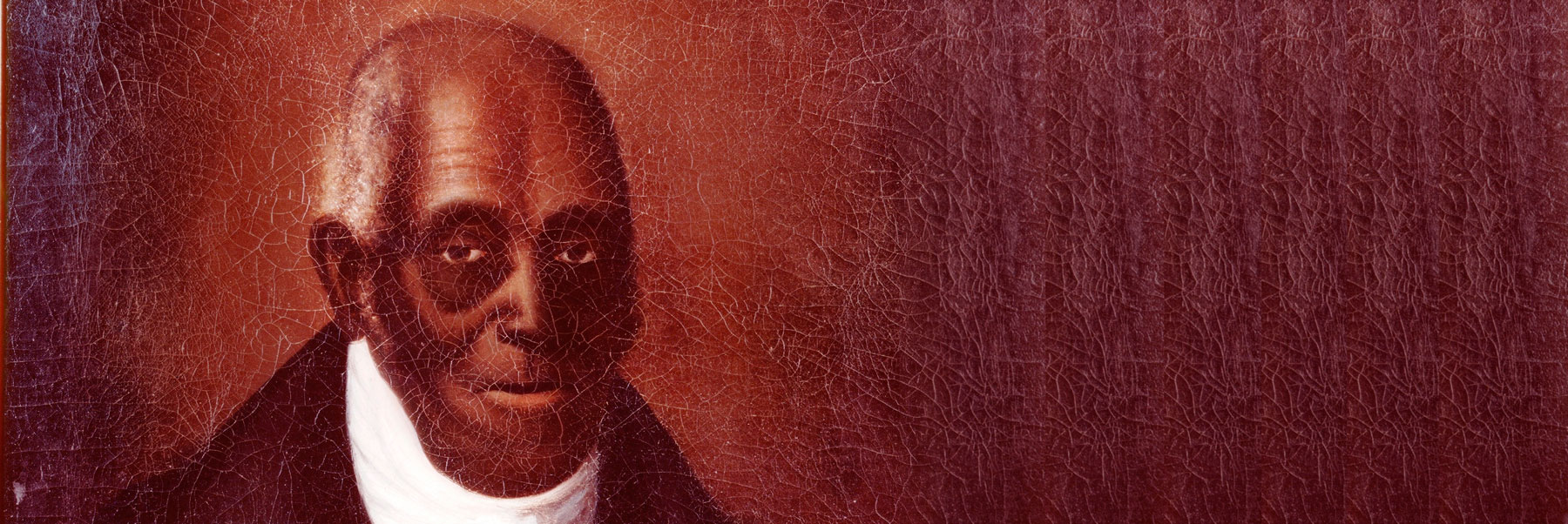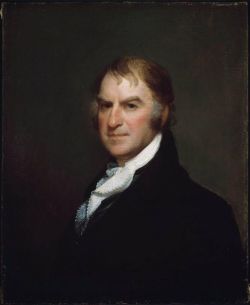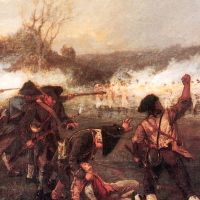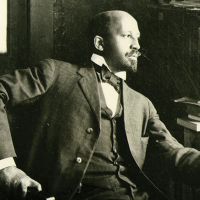Primary Source
From Charles Sedgwick to Acting Secretary of State Richard Rush in regard to Agrippa Hull's pension
Lenox June 12, 1828
Sir.
I perceive by an advertisement of yours … that the pensioners of the U.S. claiming under the Law of 1828 can (if allowed) have their money transmitted to them at the place of their residence. I am reluctant to impose any unnecessary burden upon your department, but am induced by the wish to serve one of the most respectable survivors of the Rev[olutionary] army, a colored man, to avail myself of the privilege there offered to request that his money may be transmitted to him at Stockbridge by mail (an order if convenient on some Bank in Boston or N.York) — I enclose his discharge and take the liberty to request that it may be returned — and also to mention as an interesting fact in regard to this man that I have obtained his permission to send it with great difficulty. He declaims that he had rather forego the pension than lose the discharge.
I am Sir, with great respect
Yours,
Cha. Sedgewick
...







